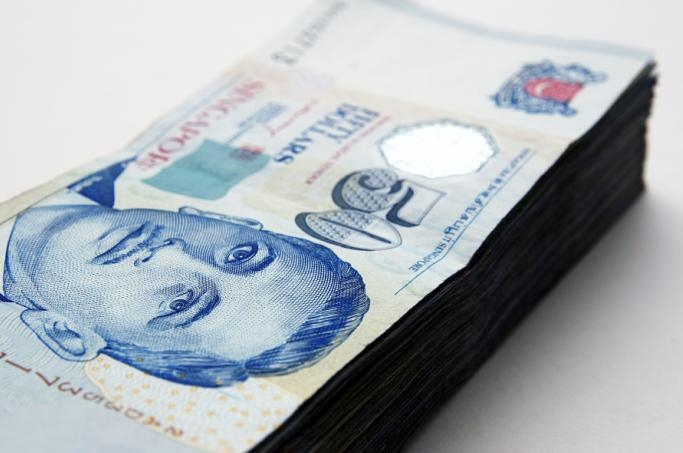
Currency Briefing - what you need to know for Tues April 17, 2012
The local currency is back trading within its normal trading band, at $1.2505.
IG Markets Singapore said:
The Singapore dollar has stabilised against the Greenback after its brief rally following Friday’s Monetary Authority of Singapore’s announcement on the currency’s appreciation.
The local currency gaining ground on the US dollar at the end of last week reaching $1.2463 at one stage as traders scrambled to buy Singapore dollars. It has continued to lose this ground as it currently sits back up at $1.2505, within its normal trading band.
While the Singapore dollar will appreciate against the US dollar, MAS has stressed this will be a gradual rise not a short-term move.
Last night the US dollar saw some strengthening as retail sales came in better than expected.
RBS meanwhile noted (for 16 April 2012 trading):
A likely short-covering EUR rally propelled EUR/USD above 1.31 during NY hours after EUR/USD fell briefly below 1.30 during the London morning. The USD slipped against the majors, likely due to selling pressure in the EUR squeeze, on what was an otherwise quiet day without a broader theme.
Ahead are the RBA April minutes which should confirm the Bank's easing bias, though a May cut is likely dependant on the 1Q CPI data (released 23 April). UK CPI data is also released but our UK Economists forecast that CPI outturn in line with their forecasts (3.4% y/y in March) would yield a Q1 outturn of 3.45%, which would amount to a modest overshoot of the MPC's February Inflation Report central projection of 3.35%. In that case, we would think there would not likely be a meaningful impact on GBP.
GFT, on the other hand, reported (for 16 April 2012 trading):
The U.S. dollar sold off against all of the major currencies despite a better than expected U.S. retail sales report. Although one could argue that the weakness is attributed to an improvement in risk appetite, the mixed performance of U.S. equities and the selloff in USD/JPY suggest that optimism in the market is limited.
Consumer spending is supposedly the backbone of the U.S. economy but with weakness in the manufacturing sector and housing market, it is difficult for investors to believe that the recovery is gaining and not losing momentum.
Retail sales rose 0.8 percent in March, more than double market expectations. Compared to the prior month, spending slowed (retail sales rose 1.0 percent in Feb) but excluding autos and gas, spending rose 0.7 percent, up from 0.5 percent the prior month. Warmer weather and the rally in stocks gave U.S. consumers the confidence to spend and this will contribute positively to first quarter GDP.
In the first 3 months of the year, average retail sales growth was 0.83 percent compared to average growth of only 0.43 percent in the fourth quarter. With the trade balance also narrowing, Q1 GDP growth could exceed 3 percent.
However the dollar did not rise on this news because gloomy reports on the manufacturing sector and housing market raised concerns about the sustainability of the U.S. recovery. We know that the first quarter was good but the question is whether this strength will carry through into the second quarter.
























 Advertise
Advertise






